Yes, new skis need waxing before their first use. While they come with factory-applied wax, it’s only meant to protect the skis during shipping - not for optimal performance. Proper waxing improves glide, control, and protects your gear from moisture.
Key Takeaways:
- Factory Wax Isn’t Enough: It’s low-quality and not suited for skiing conditions.
- Wax Before First Use: Protects the base, boosts performance, and extends gear life.
- Regular Maintenance: Reapply wax every 4–6 sessions or when the base looks dry.
Quick Waxing Guide:
- Clean the base.
- Apply condition-specific wax (warm, all-temp, or cold-weather).
- Spread it evenly with an iron.
- Scrape off excess wax and polish.
For best results, consider professional waxing for your first session, or follow the DIY steps above. Regular care ensures your skis or Snowfeet gear stay fast, smooth, and ready for the slopes.
Waxing Requirements for New Equipment
Understanding Factory-Applied Wax
New Snowfeet gear and traditional skis come with a factory-applied wax. However, this wax is primarily intended to protect the equipment during shipping, not for performance.
"The main purpose of this wax is to protect the ski bases during shipping. This wax is the cheapest wax the ski manufacturer could find and they apply it as quickly and cheaply as possible" [1].
To get the most out of your gear, you’ll need to wax it properly before hitting the slopes.
Best Time to Wax New Equipment
It’s essential to wax your new Snowfeet gear before its first use. Doing so offers several benefits:
- Base Protection: Waxing seals the base, shielding it from moisture. This is especially important for wood-core skis and helps establish a proper maintenance routine.
- Improved Performance: Applying fresh, condition-specific wax enhances glide and control, whether you’re using Snowfeet Mini Ski Skates (38 CM) or Skiblades (120 CM).
- Longer Equipment Life: Regular waxing ensures your gear stays in top shape for longer.
"Wax protects your skis and makes them perform better" [1].
For the best results, consider having your gear professionally waxed or use a DIY approach with our guide in the next section. Taking this step early ensures better performance and durability throughout the season.
How to Wax Your Skis - Everything You Need to Know || REI
Waxing Guide for Snowfeet Products

After the first waxing, keeping up with regular maintenance is essential to ensure your Snowfeet perform well and stay protected.
Choosing the Right Wax
Pick the wax that matches the snow conditions for the best results:
| Temperature Range (°F) | Snow Condition | Recommended Wax Type |
|---|---|---|
| Above 32° | Wet, slushy | Warm-weather wax |
| 20° to 32° | Mixed conditions | All-temperature wax |
| Below 20° | Dry, powdery | Cold-weather wax |
Once you've selected the appropriate wax, follow the steps below to apply it.
Step-by-Step Waxing Instructions
-
Gather Your Tools
Here's what you'll need:- A waxing iron (a steam-free clothes iron works too)
- Ski wax suitable for the current snow conditions
- A plastic scraper
- Rubber bands (to secure the gear)
- A clean, dry cloth
-
Clean the Base
Wipe the base with a clean cloth to remove dirt, old wax, or debris. Make sure the surface is completely dry before starting. -
Apply the Wax
Heat the wax by pressing it against the warmed iron, letting it drip evenly onto the base. Work in a steady pattern and keep the iron moving to avoid overheating any spot. The wax should melt smoothly without producing smoke. -
Spread the Wax
Glide the iron over the base from tip to tail, spreading the wax evenly. Don’t let the iron sit in one place too long. If the wax layer looks thin, add more to prevent water from seeping in.
How Often to Wax
Regular waxing keeps your Snowfeet in top shape. Use this table to decide how often to wax based on your usage:
| Usage Level | Frequency | Signs It's Time to Wax |
|---|---|---|
| Occasional (a few times/year) | 1–2 times per season | Base looks dry or white |
| Regular (weekly use) | Every 4–6 sessions | Reduced glide or sticky feel |
| Heavy (multiple times weekly) | After every session | Turns feel less smooth |
Check the base before each use. If it looks dry or chalky, it’s time for a fresh waxing session.
sbb-itb-17ade95
Basic Equipment Care
Keeping your gear in good shape ensures it lasts longer and performs better. Here’s how to maintain your equipment properly.
Edge Maintenance
Sharp edges are key for precise turns and solid grip on icy or hard-packed snow. Here’s what to do:
- Run your fingernail along the edges (on the non-sharp side). If it catches, it’s time to sharpen.
- Use a stone or file to sharpen the edges.
- For major damage, take your equipment to a professional.
Storing your gear carefully is just as important as maintaining it, especially during the off-season.
Off-Season Storage Tips
Once your edges are prepped, storing your skis correctly ensures they’re ready to go when the next season rolls around. Here’s how:
-
Clean and Dry Everything
Before storing, make sure the bases, edges, and bindings are completely clean and dry. -
Apply a Layer of Storage Wax
Coat the bases with a thick layer of wax to prevent oxidation. Leave the wax on - don’t scrape it off. -
Pick the Right Spot
Store your skis in a cool, dry area away from sunlight. Avoid basements, attics, or garages. A closet in a climate-controlled space works best. -
Protect the Edges
Use edge guards when storing or transporting your skis to prevent rust and accidental damage.
These steps will keep your equipment in top shape and ready for action.
Summary: Getting Ready for Snow
Here's a quick guide to keeping your gear in top shape for the slopes.
Waxing is key to protecting your ski bases and improving their performance. As Great Lakes Bike Ski Boat explains:
"The wax seals the base of the skis and keeps water from getting into the core... Wax protects your skis and makes them perform better." [1]
Essential Maintenance Checklist:
| Maintenance Task | When to Do It | Why It Matters |
|---|---|---|
| Initial Waxing | Before your first use | Replace the factory wax |
| Regular Waxing | Every 5–10 ski days | Keep the base protected |
| Edge Check | Before each session | Ensure proper grip on the snow |
Keep this checklist handy to ensure your gear performs at its best every time you hit the slopes.
For short skis and mini skis, Snowfeet offers maintenance tools starting at $6. If the base looks dry, don’t hesitate to add another coat of wax - over waxing isn’t a problem. For the best results, consider having your first waxing done by a professional, especially if you’re also mounting bindings.
Taking care of your equipment enhances your experience, whether you're gliding on 38 CM Mini Ski Skates or 120 CM Short Skis. Check out snowfeetstore.com for care products tailored to your specific model.
FAQs
Why should I use wax designed for specific snow conditions instead of general-purpose ski wax?
Using condition-specific ski wax is essential because it’s tailored to perform best in particular snow and temperature conditions. For example, wax for cold, dry snow differs from one designed for wet, slushy spring snow. The right wax enhances your speed, control, and overall skiing experience, while also protecting your skis and helping them last longer.
By choosing the proper wax for the conditions, you’ll maximize performance on the slopes and ensure your gear stays in top shape.
How do I know if my skis need waxing if they don’t look dry?
Even if your skis don’t show obvious signs of dryness, they may still need waxing. A key indicator is how they perform on the slopes - if they feel slower than usual or don’t glide as smoothly, it’s likely time for a fresh coat of wax. Regular waxing ensures optimal performance and protects the base from wear, so it’s a good idea to wax your skis routinely, even if they look fine.
What are the advantages of getting my skis professionally waxed instead of doing it myself?
Getting your skis professionally waxed comes with several advantages. Expert technicians know how to choose and apply the right type of wax for your skis and the specific snow conditions, ensuring you get the best performance on the slopes. Their precision and expertise can result in a smoother, faster ride compared to a DIY job.
Additionally, professional waxing helps protect your skis by preventing the bases from drying out or becoming damaged over time. While waxing at home is a great skill to have, professional services can provide a higher level of care and long-term maintenance for your gear.

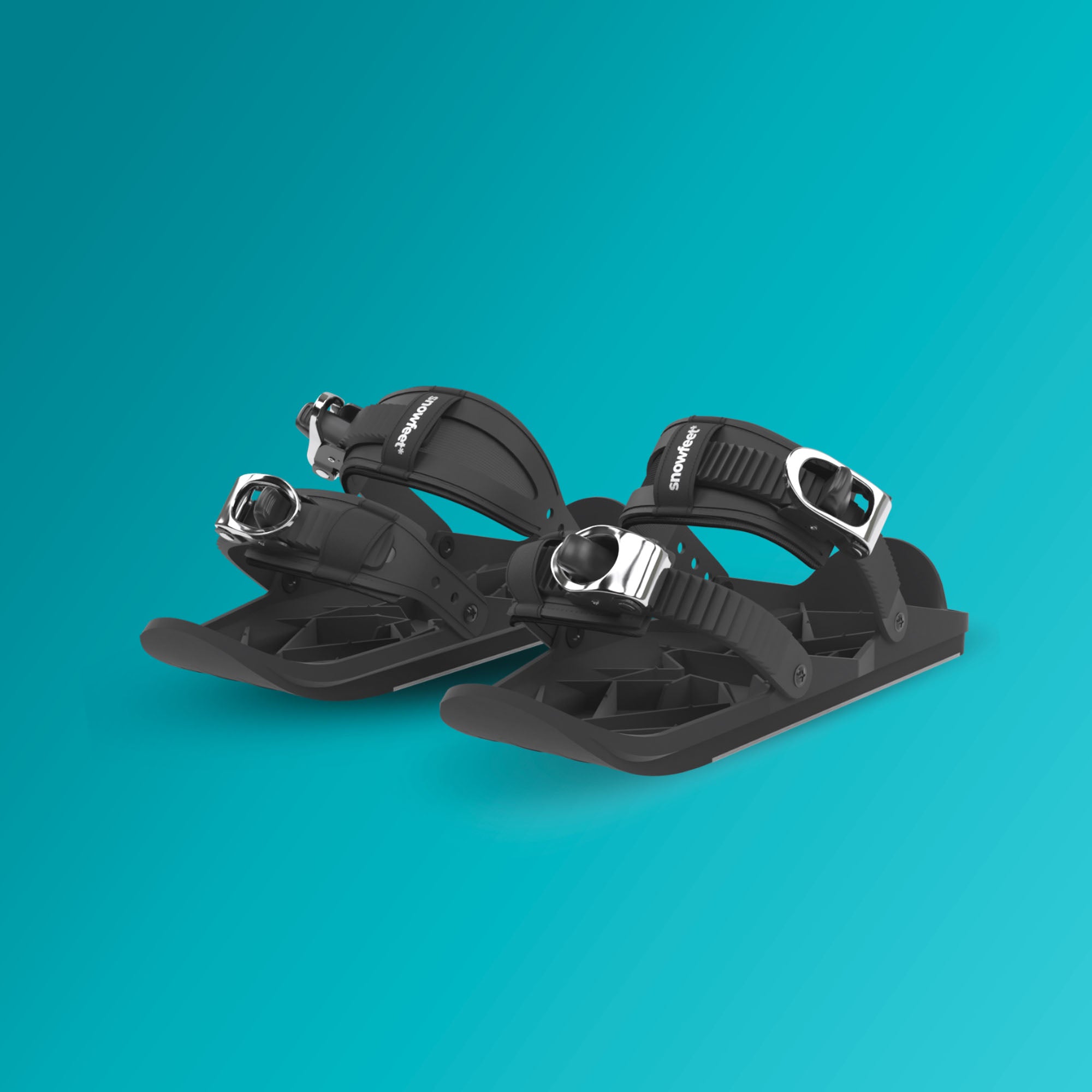


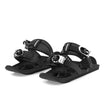
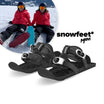

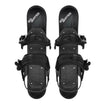


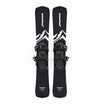
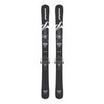
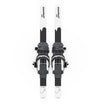
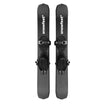
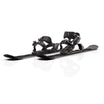
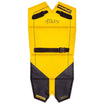



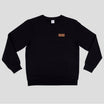
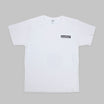

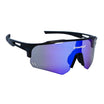
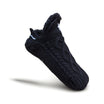
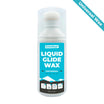
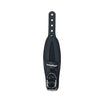
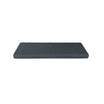
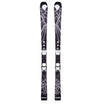




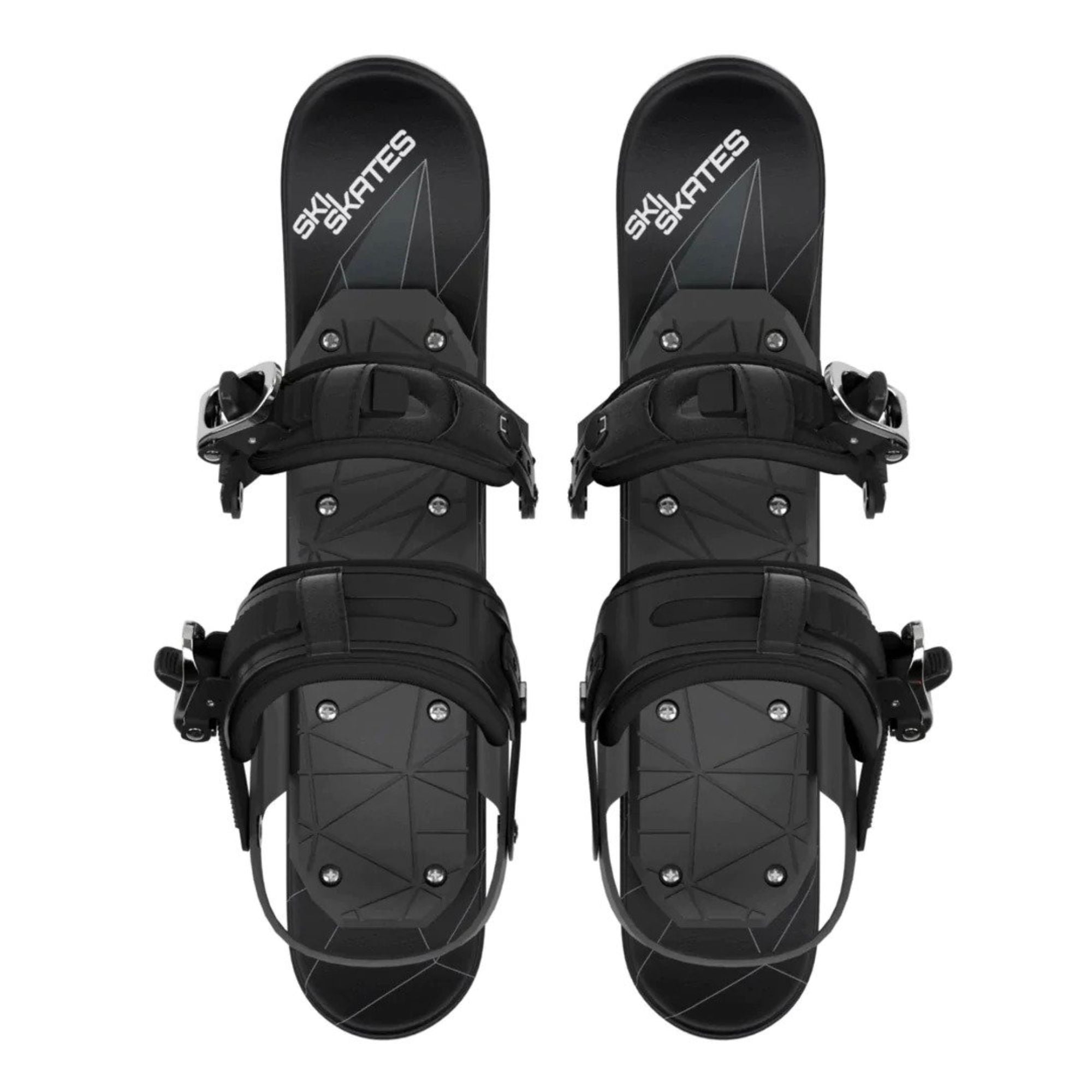
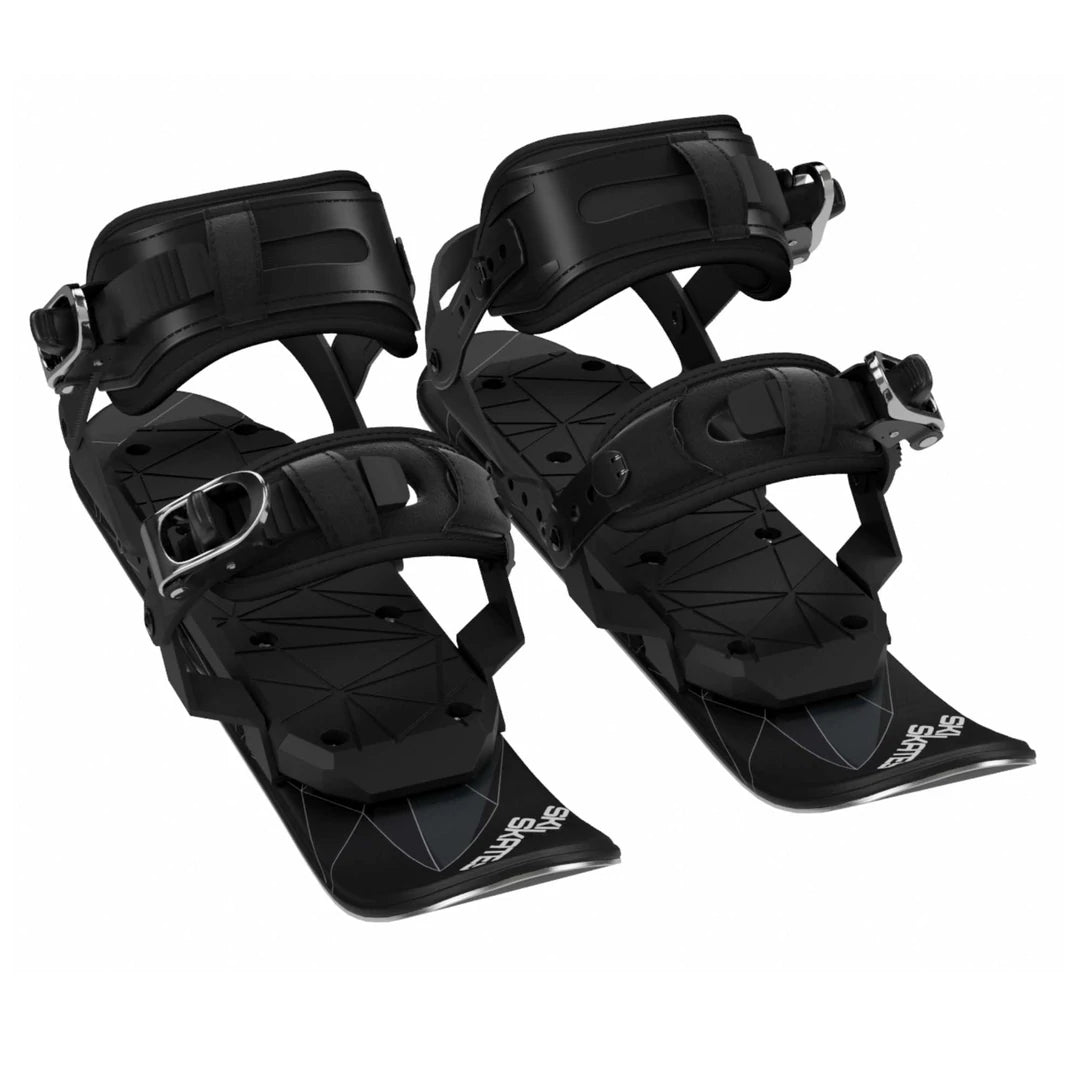
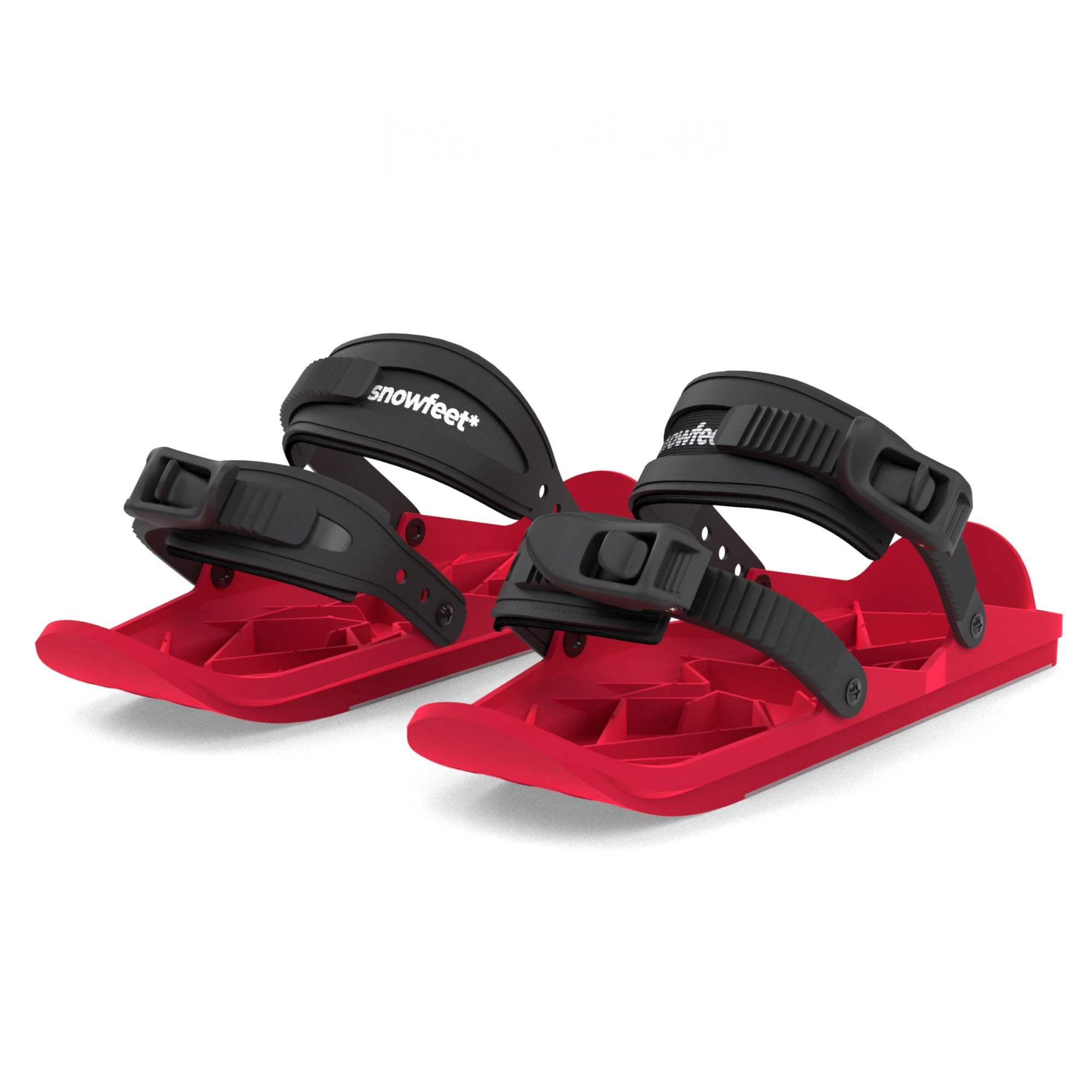
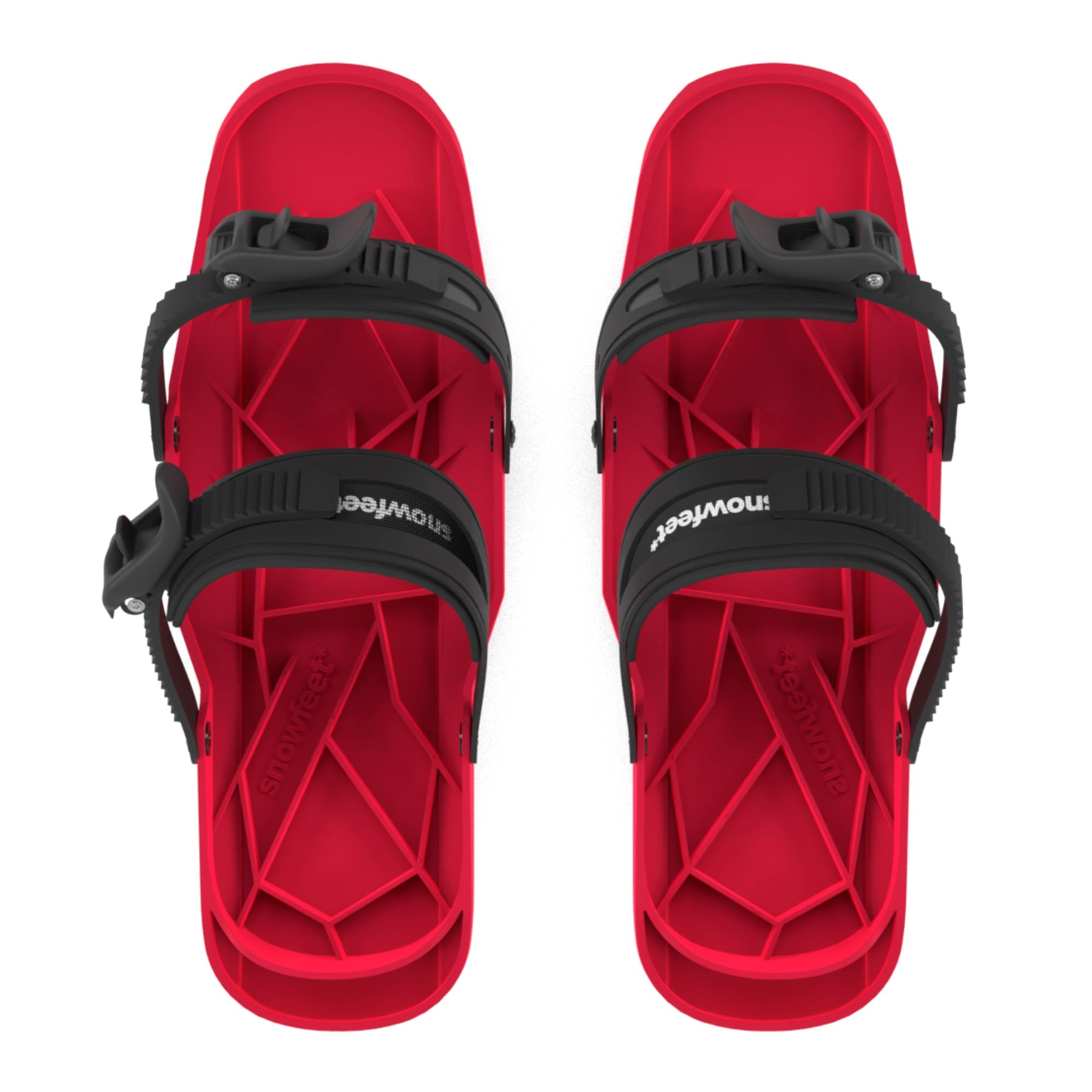




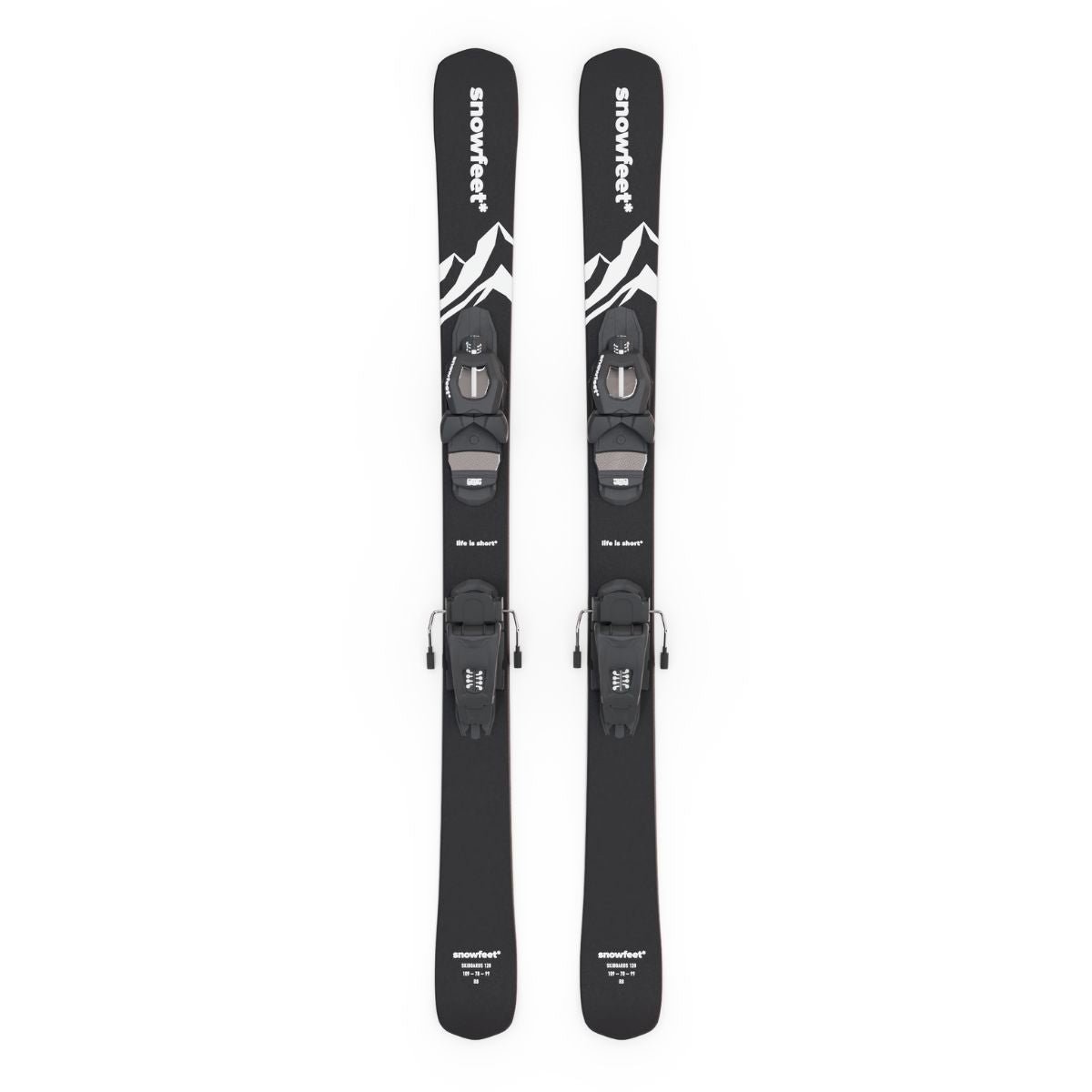
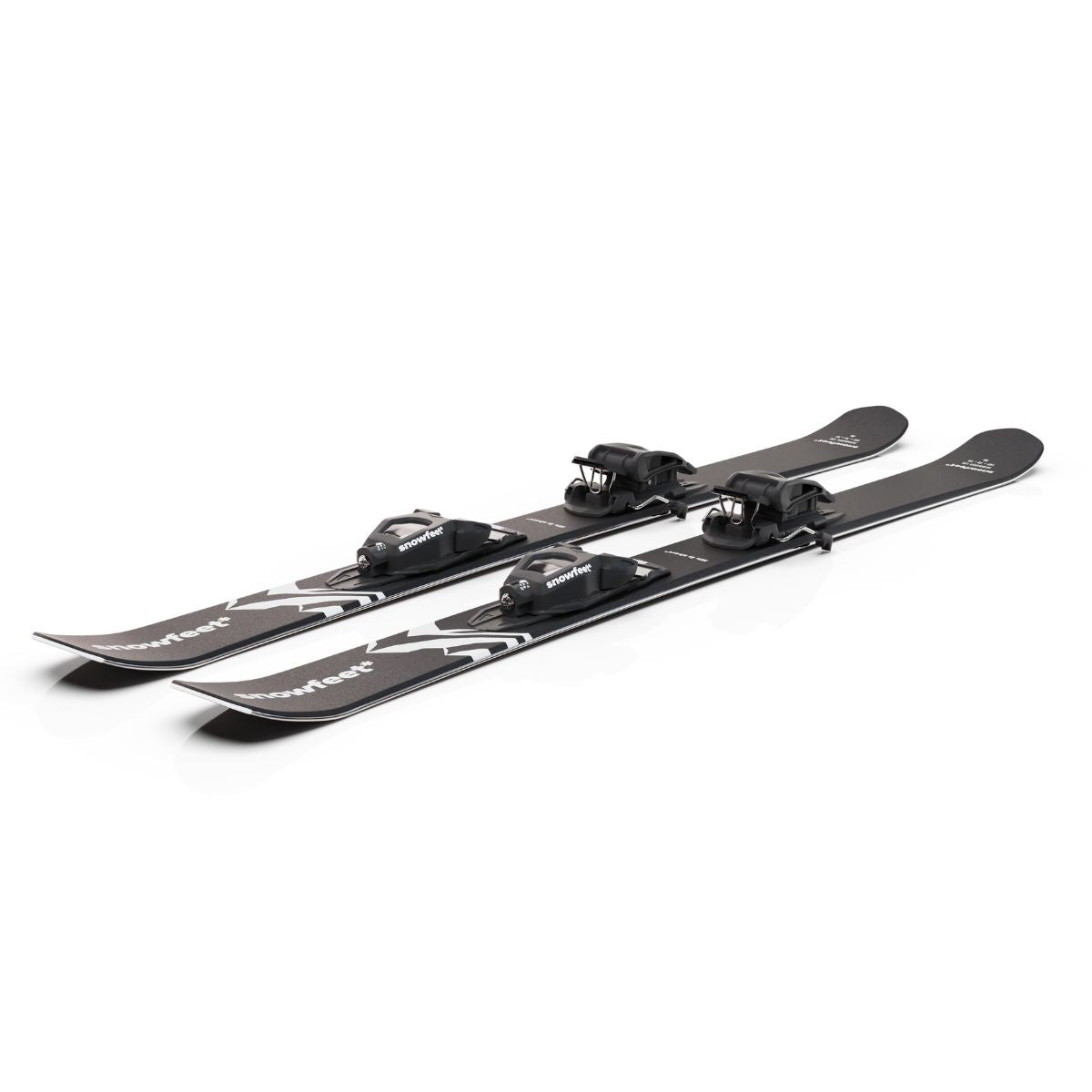
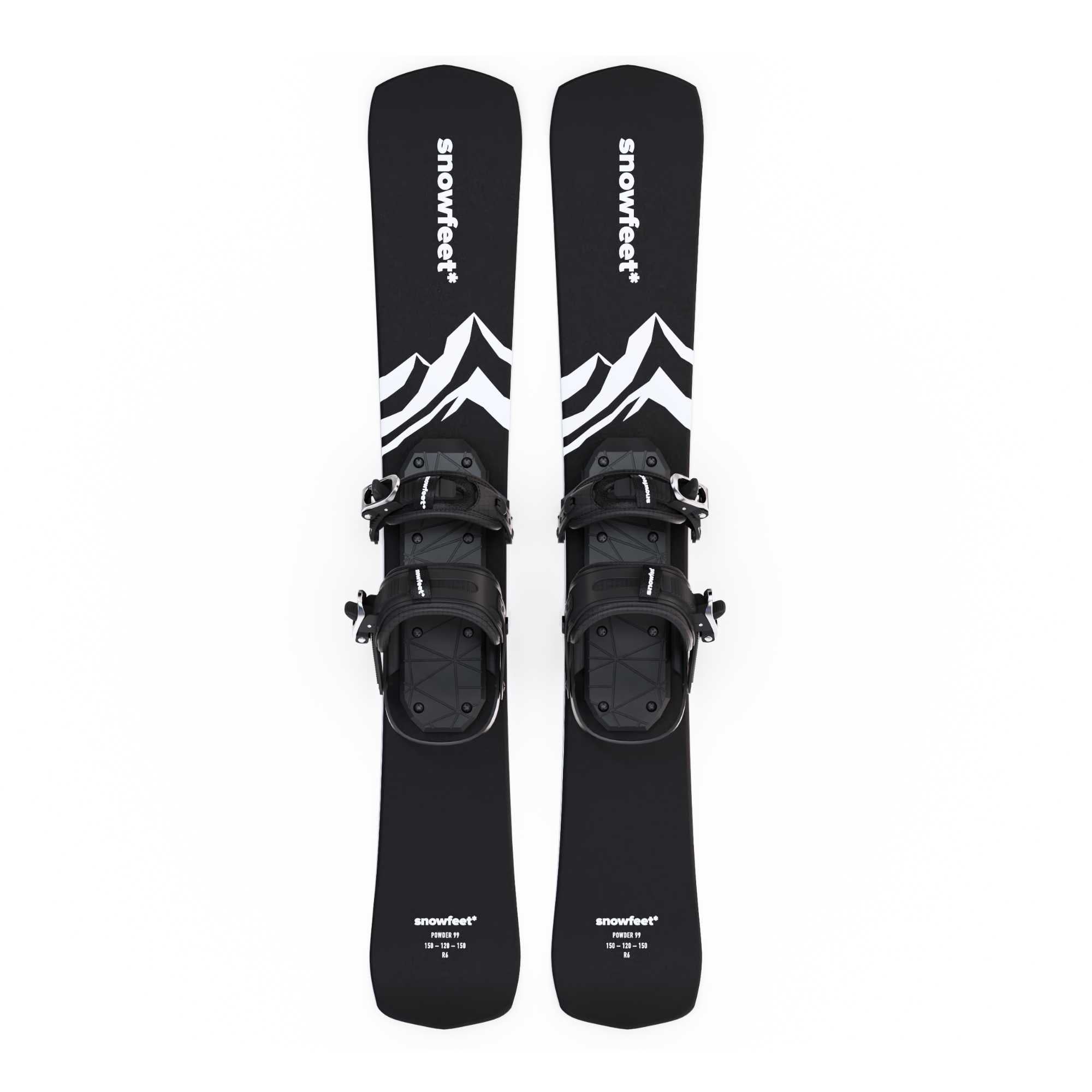
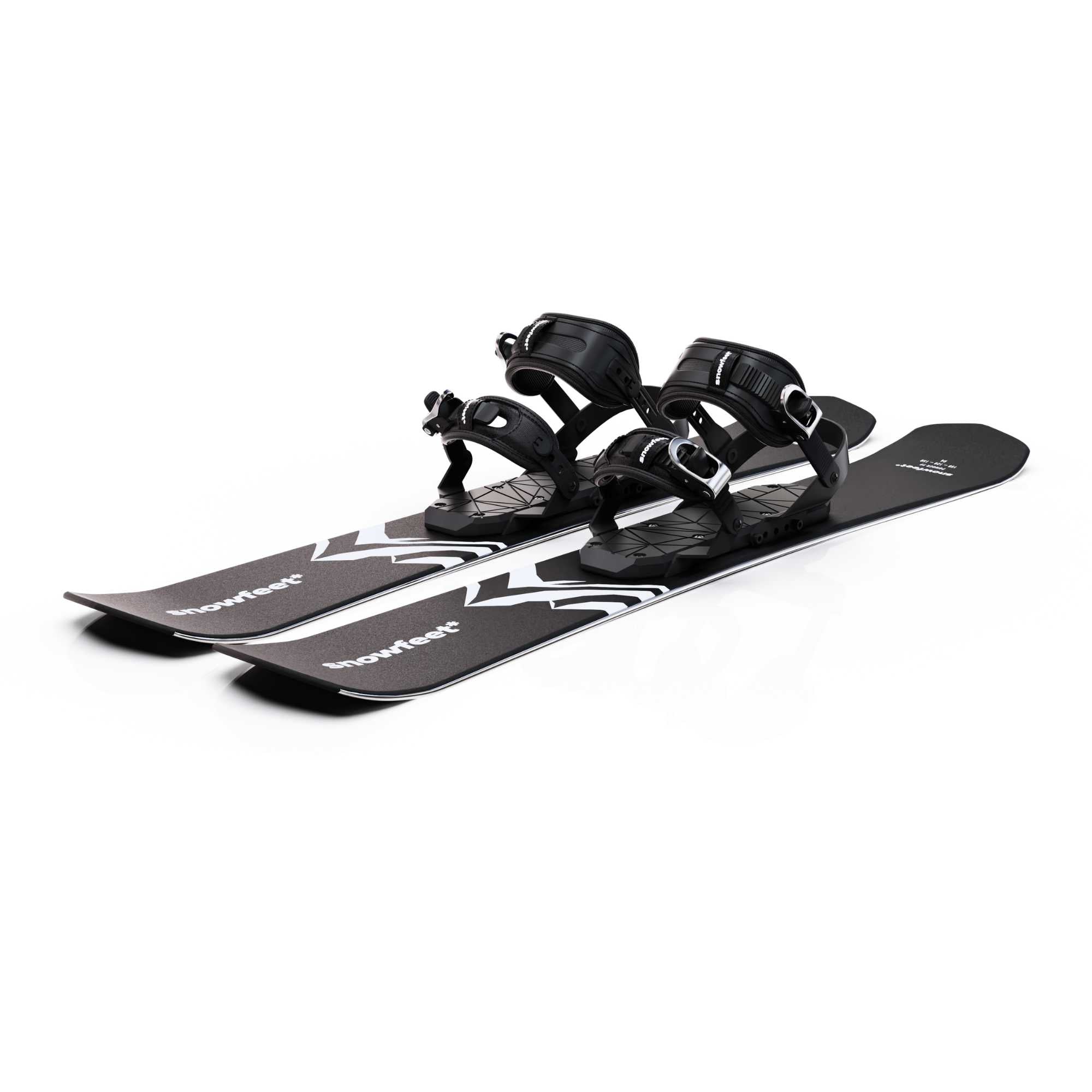
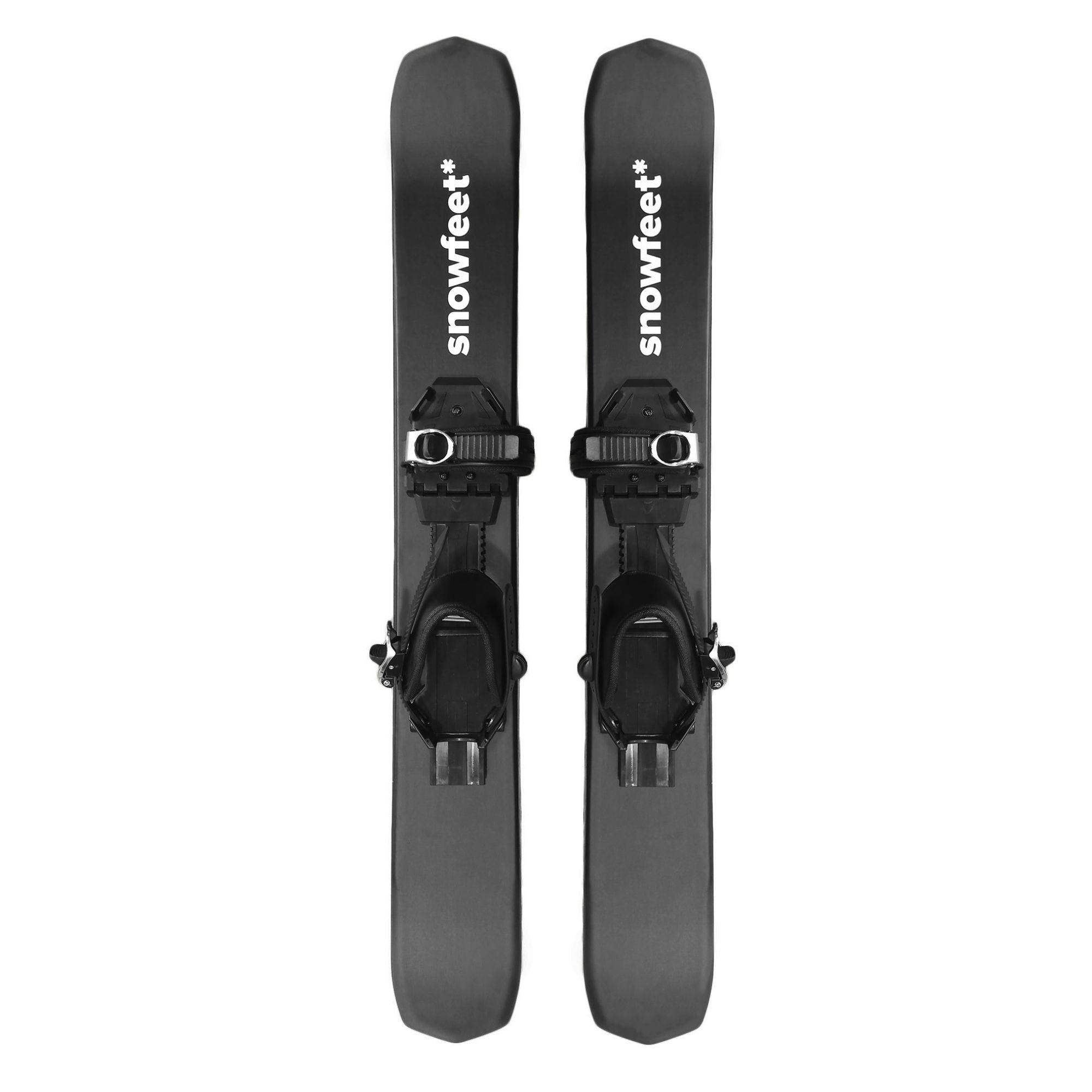
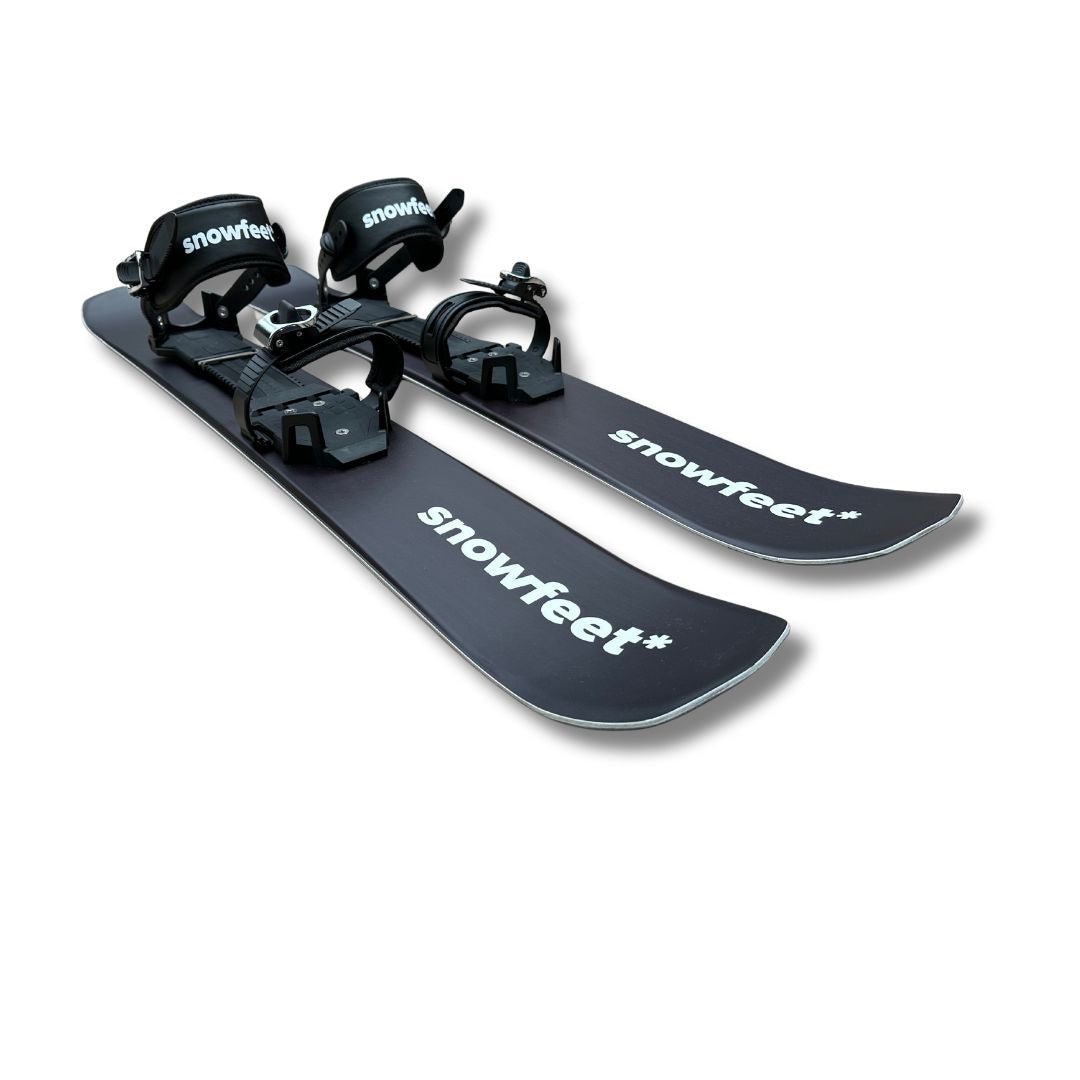
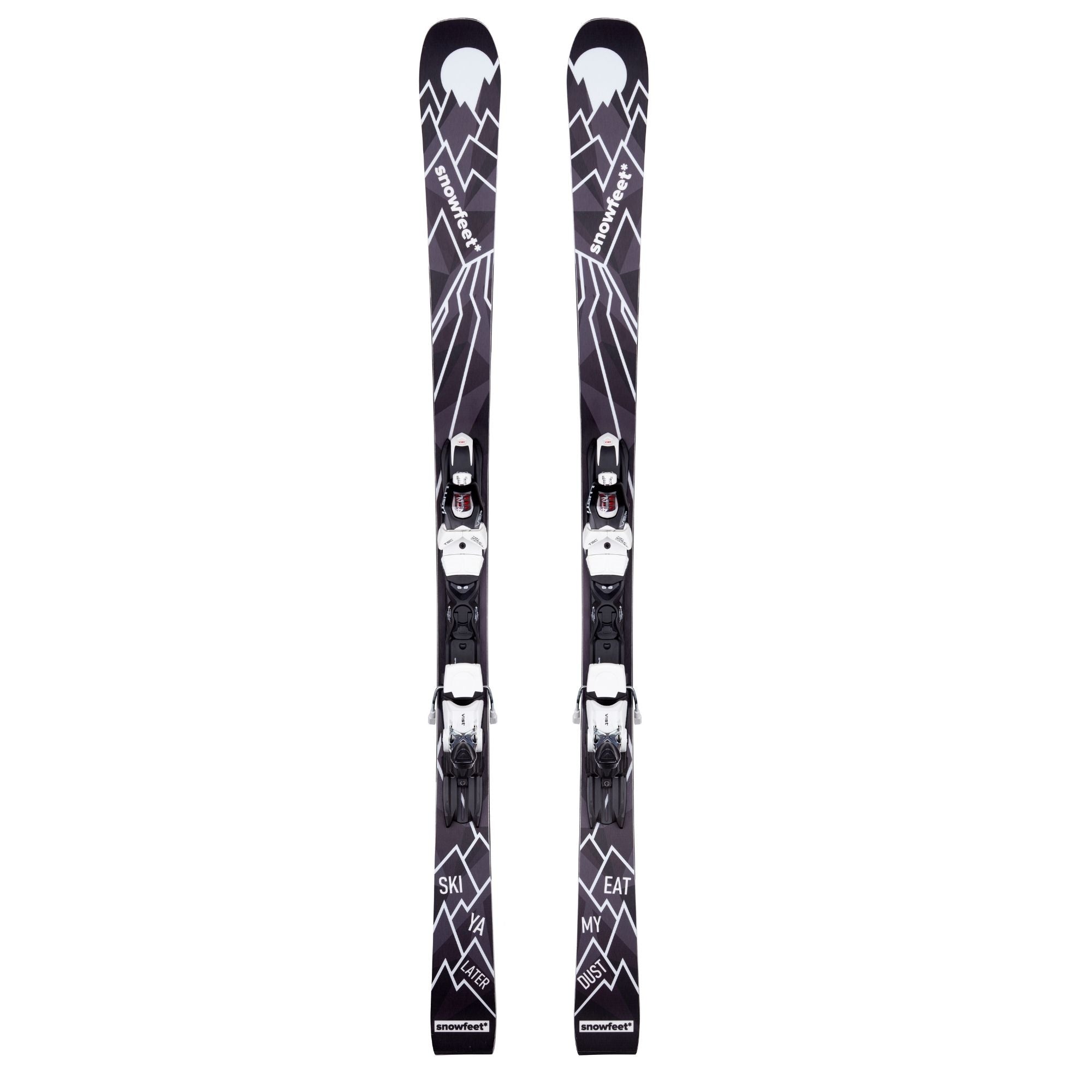
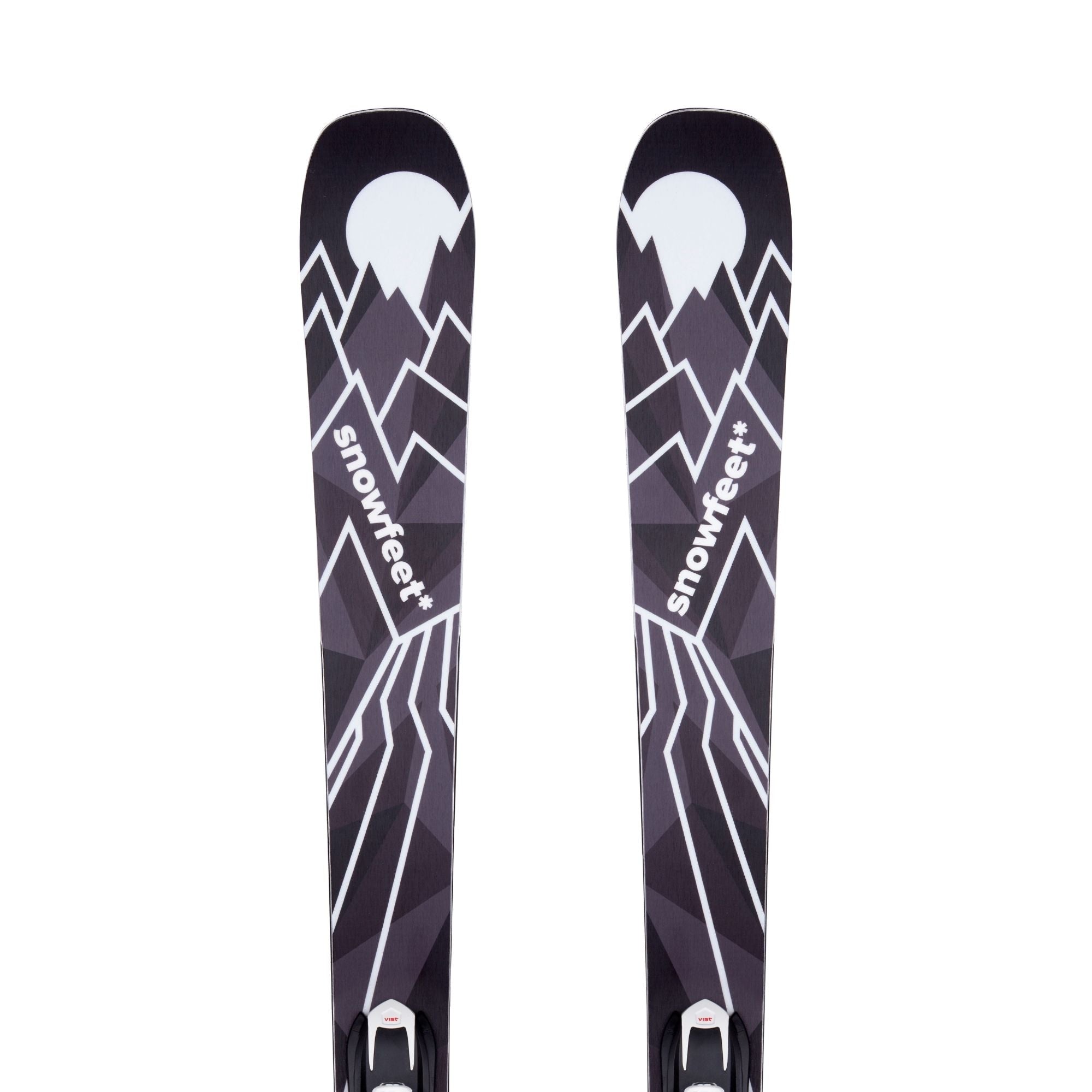
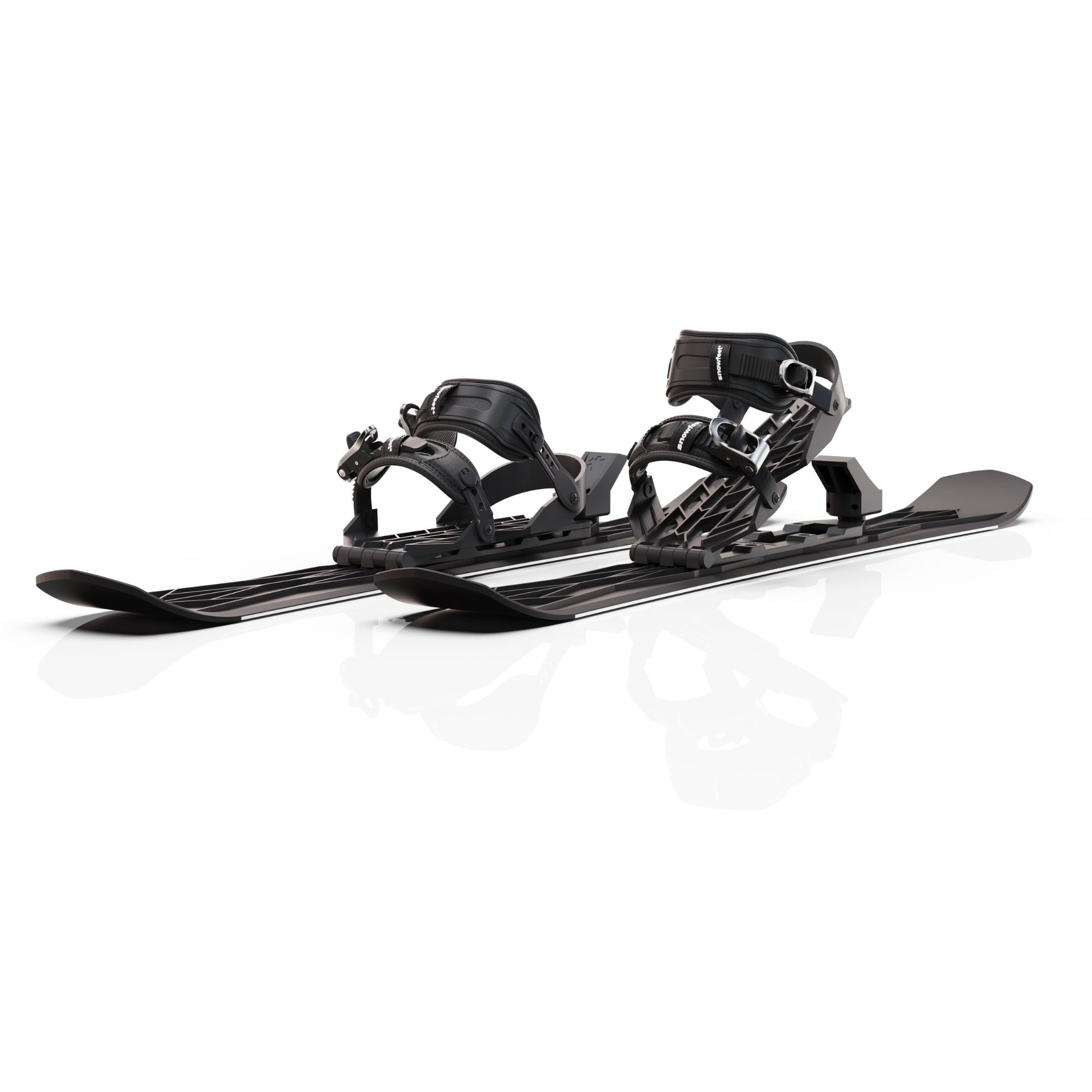

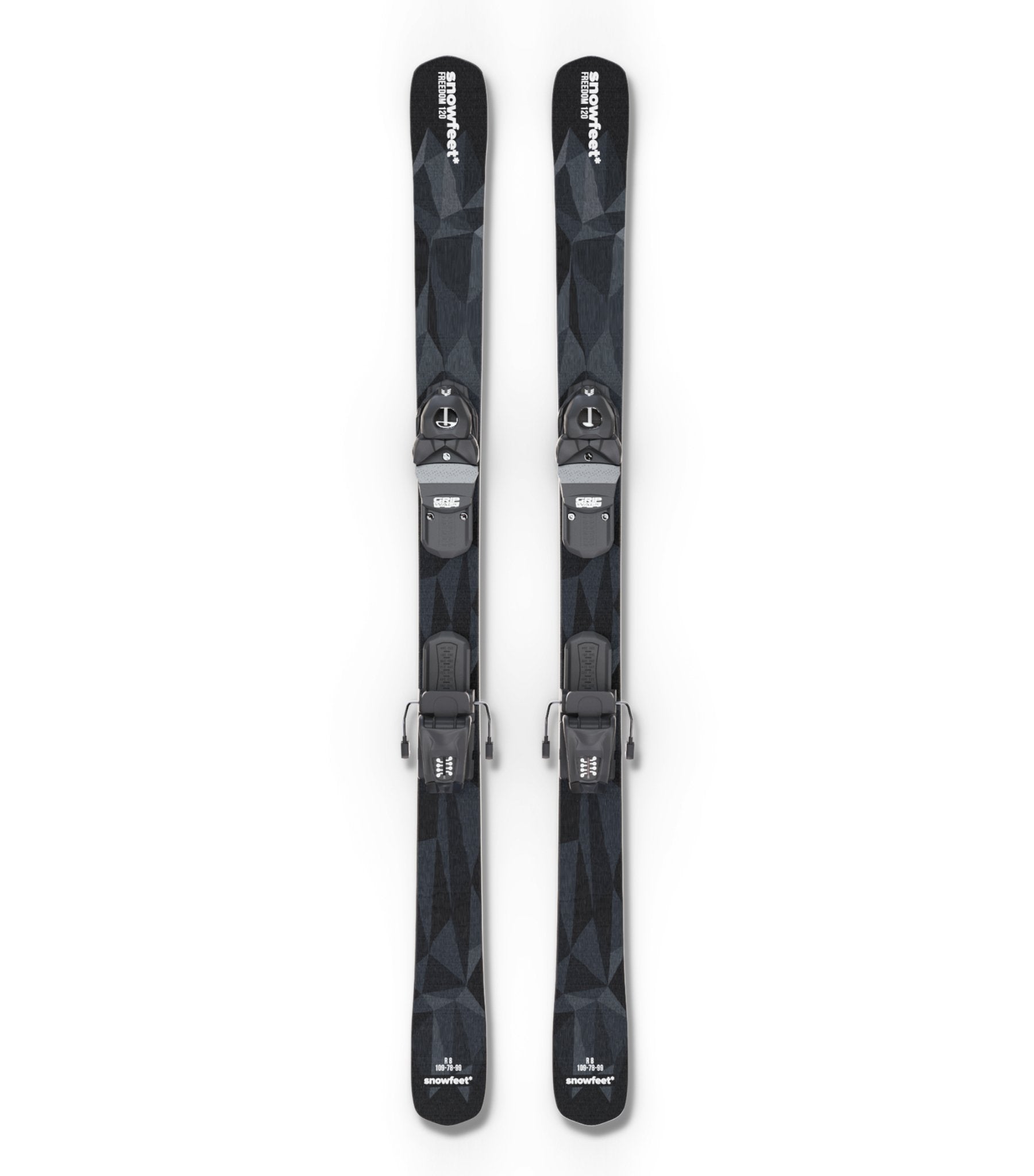
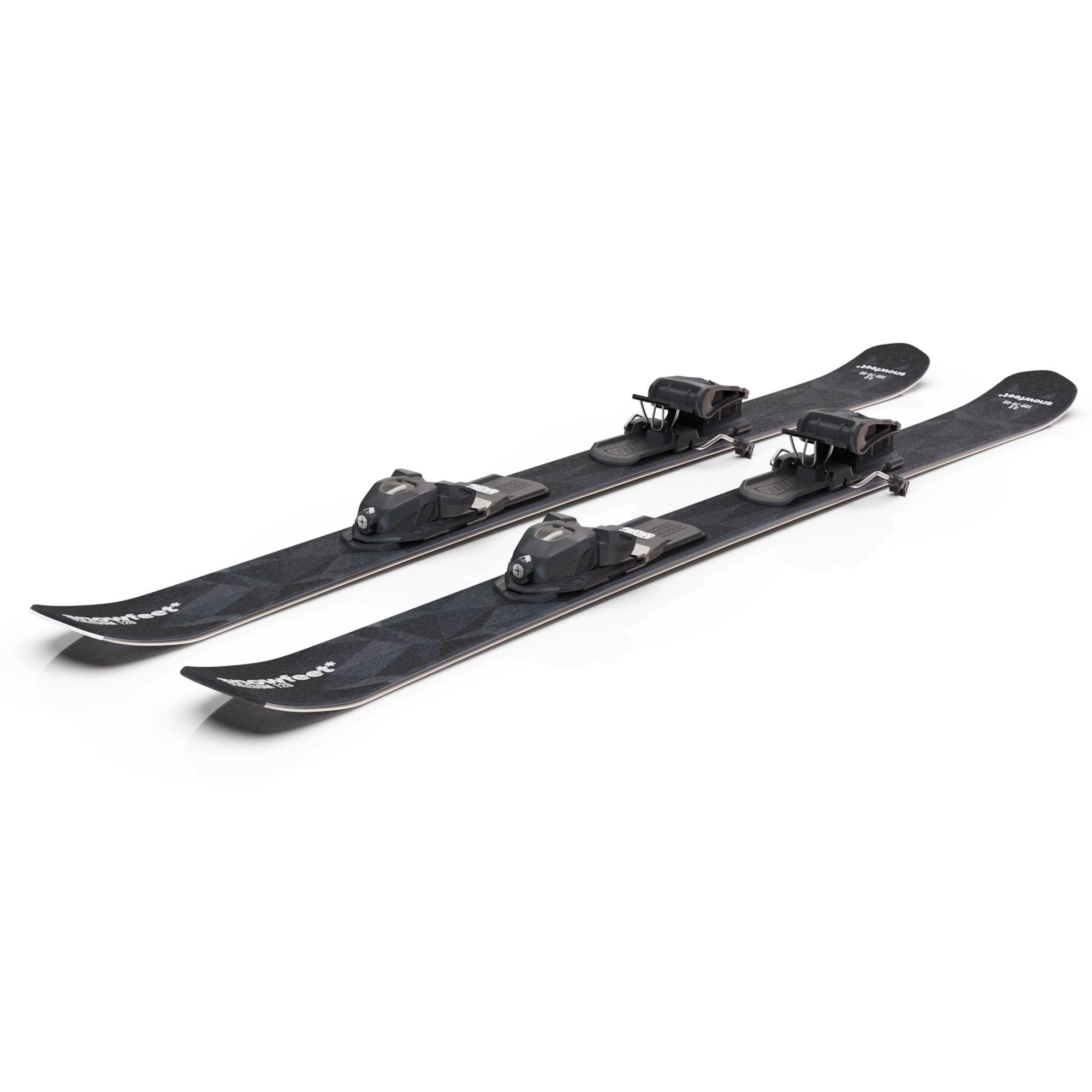
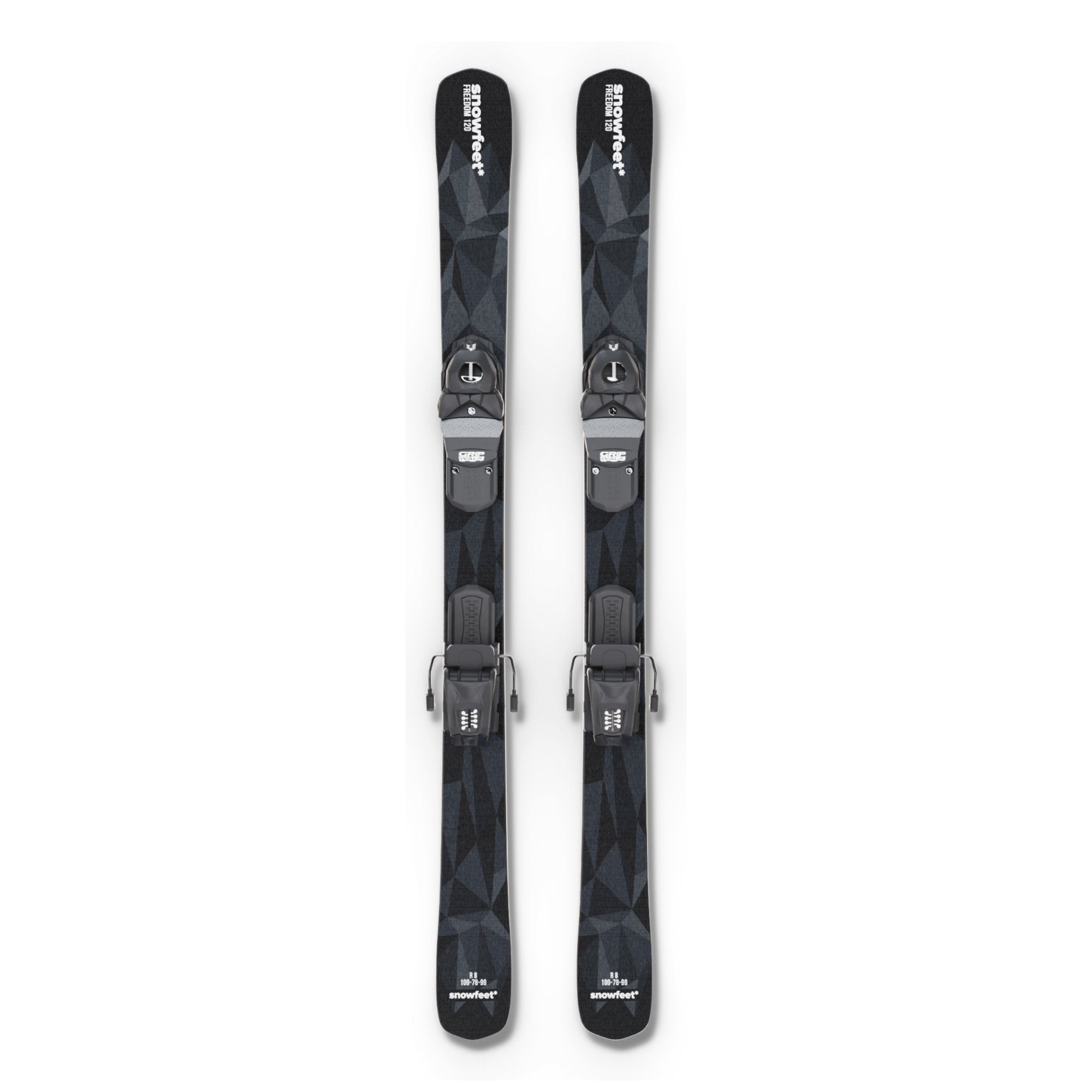
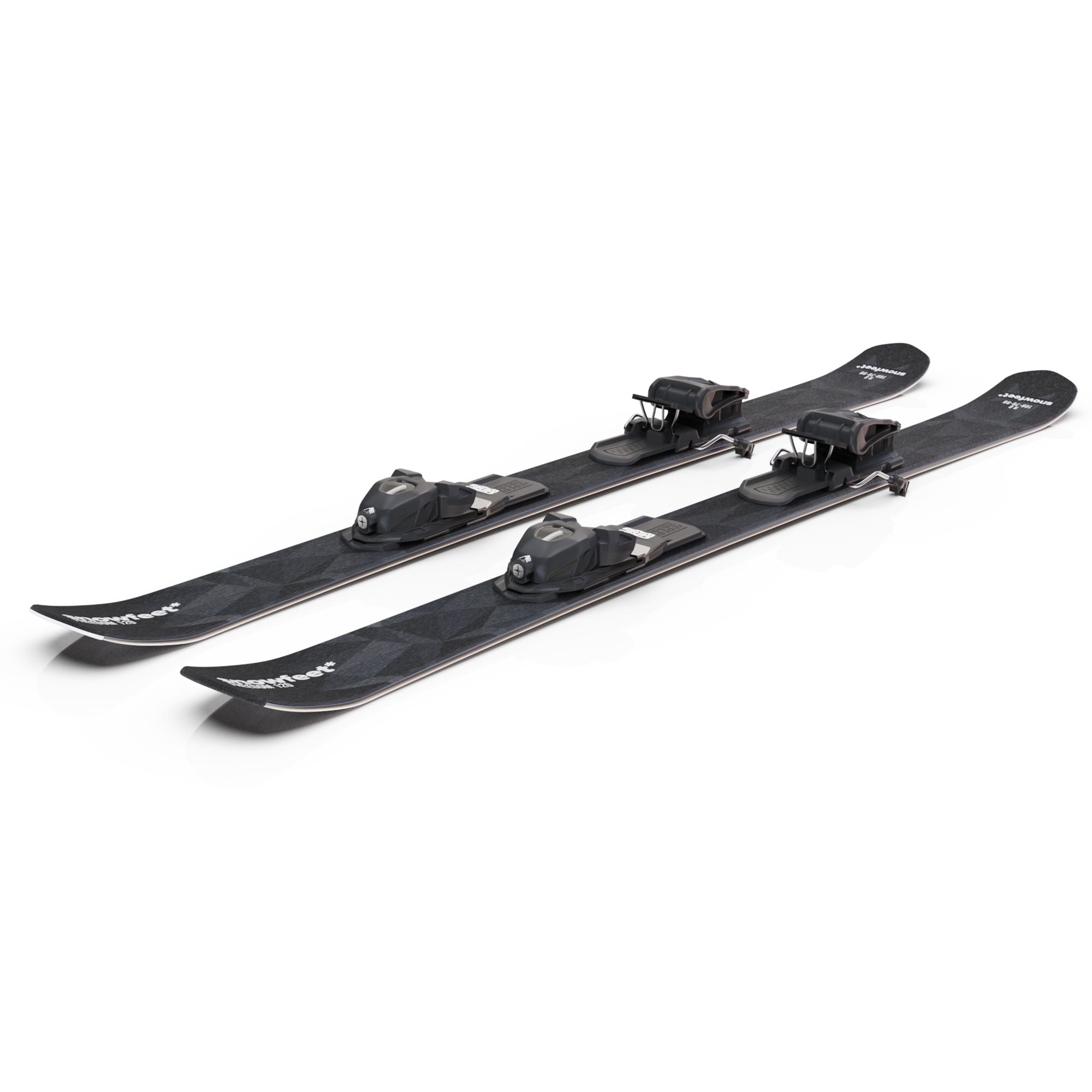
Napsat komentář
Tento web je chráněn službou hCaptcha a vztahují se na něj Zásady ochrany osobních údajů a Podmínky služby společnosti hCaptcha.